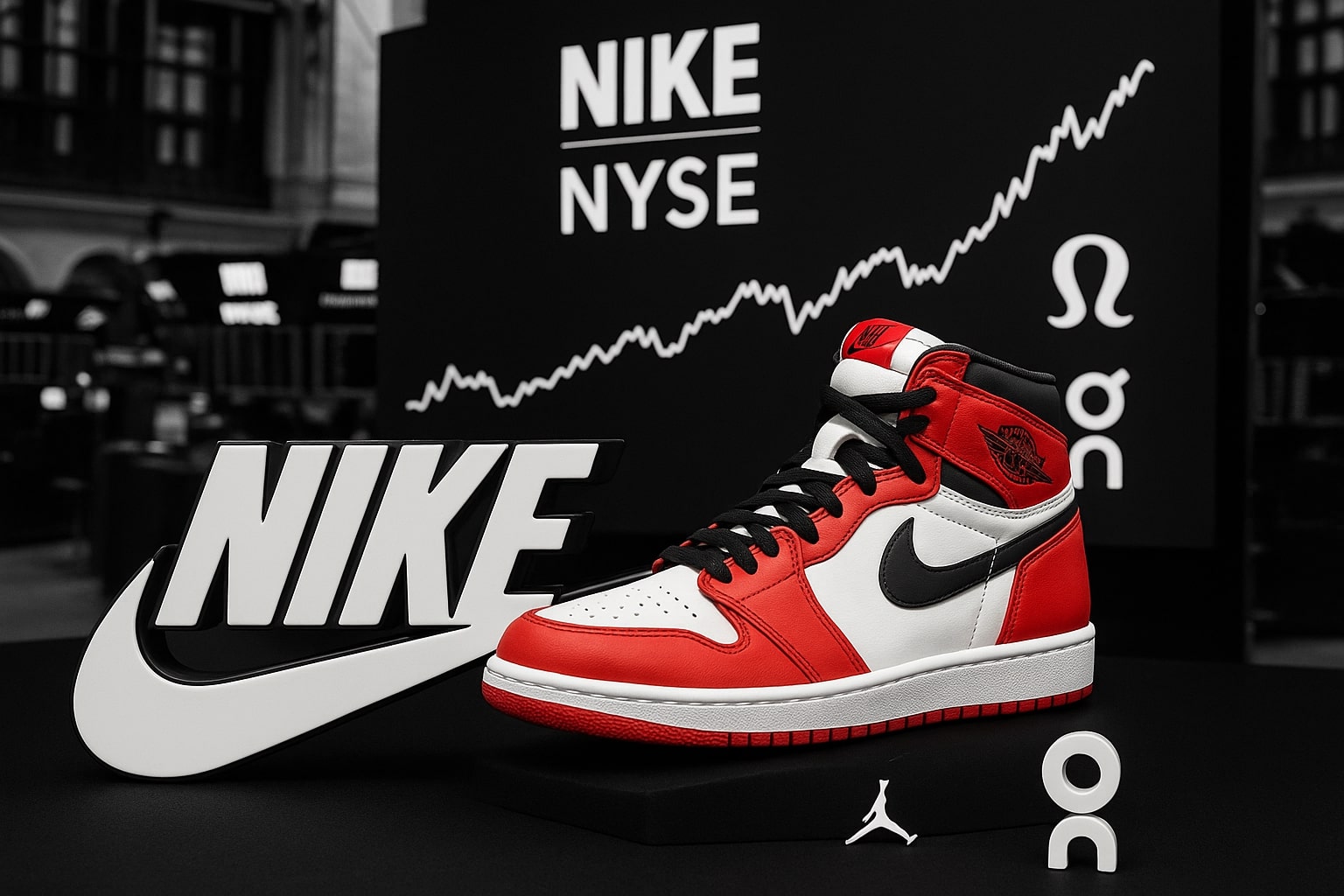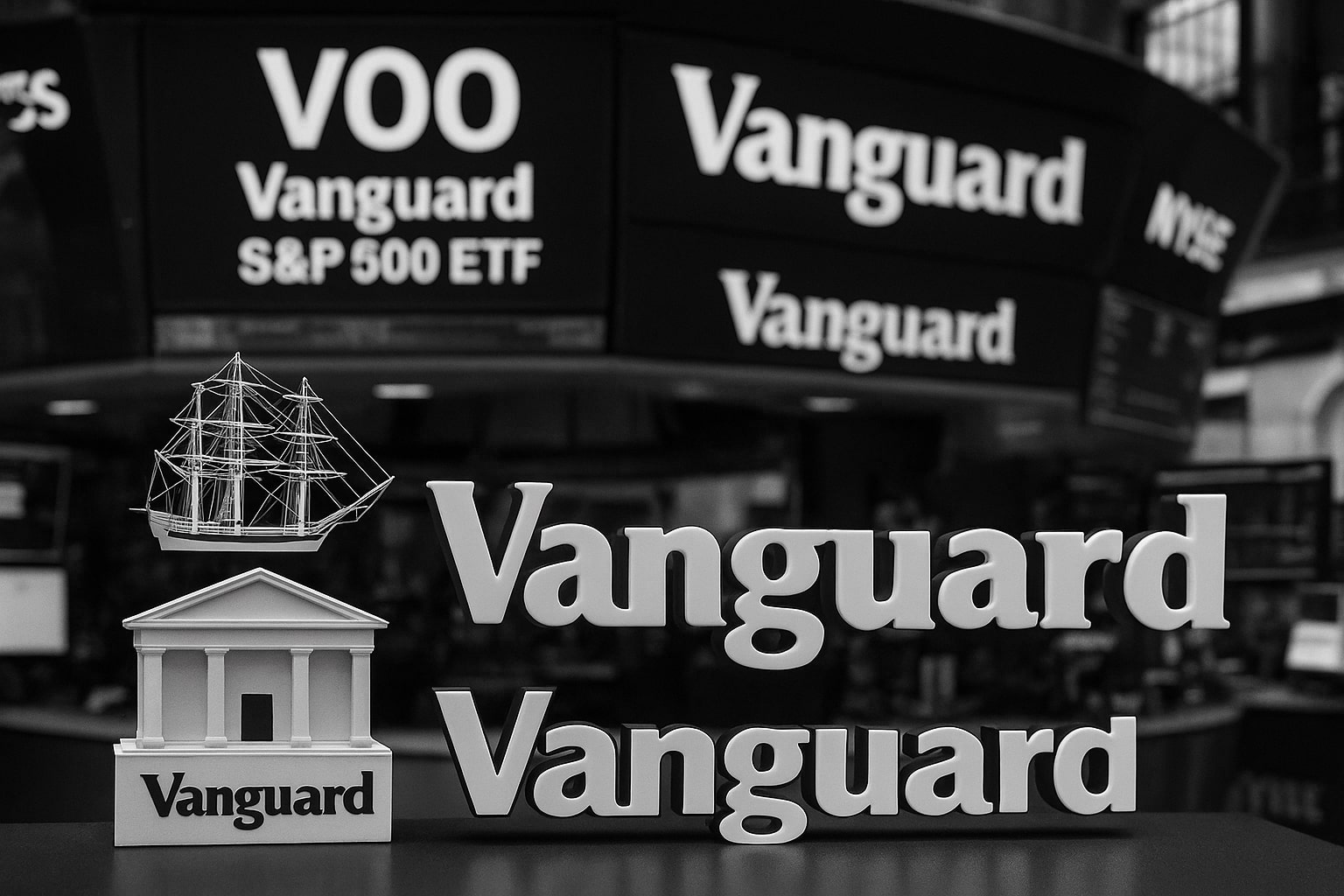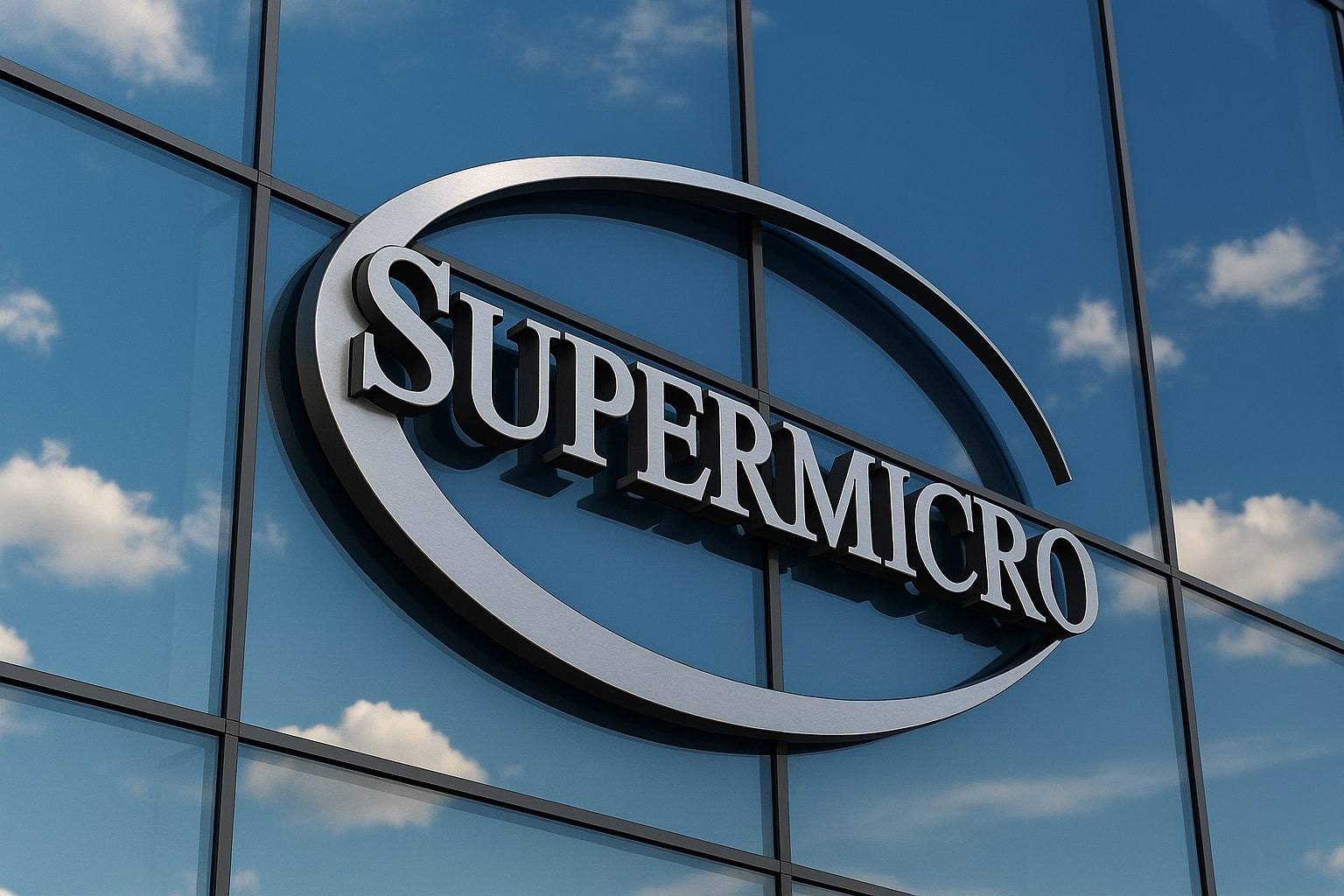
Nike Stock Price Climbs as $11.7B Quarter, 2.34% Dividend, and Margin Expansion Signal Brand Rebound
Earnings beat, 19% profit jump, and strong China growth lift Nike (NKE) to $93 as investors reward its strategic turnaround and $8B buyback plan amid improving global demand | That's TradingNEWS
Nike Inc. (NYSE:NKE): Earnings Strength, Margin Expansion, and China Rebound Signal a Strategic Turnaround for the Global Sportswear Leader
Nike Inc. (NYSE:NKE) has entered a pivotal stage in its corporate evolution, where execution, efficiency, and regional recovery are beginning to outweigh the drag of a two-year slowdown. Once pressured by overstock, fading digital growth, and competition from emerging athletic brands, Nike is now demonstrating that its turnaround plan is taking hold. The company’s latest quarterly report revealed stabilizing fundamentals, disciplined cost management, and early evidence of regained consumer momentum — particularly in China and the U.S.
Nike reported revenue of $11.72 billion, up 2.5% year-over-year, slightly ahead of Wall Street expectations of $11.63 billion. Net income climbed to $1.22 billion, marking a 19% increase from the prior year, while earnings per share reached $0.49, beating consensus by three cents. The company’s operating margin expanded to 12.8%, an improvement of 110 basis points, reflecting both higher full-price sell-through and a meaningful reduction in excess inventory. Gross margin rose to 44.5%, supported by favorable product mix and reduced freight costs, showing that Nike’s operational reset is finally producing measurable impact.
CEO John Donahoe described the quarter as “a demonstration of strategic discipline and brand power,” emphasizing that Nike’s transition away from an overextended direct-to-consumer (DTC) model is paying off. “We’re rebalancing how we reach consumers — strengthening wholesale partnerships while maintaining digital leadership,” Donahoe said. The pivot marks a departure from Nike’s previous strategy of heavy DTC reliance, which had alienated some key retail partners and disrupted traditional distribution.
In North America, Nike’s largest market, sales were flat compared to last year but up 3% sequentially, marking the first positive trend in four quarters. Greater China continues to deliver the most encouraging data, with 12% year-over-year growth, driven by premium running, Jordan, and lifestyle categories. The Europe, Middle East, and Africa (EMEA) region rose 7%, while Asia Pacific and Latin America climbed 9%, powered by double-digit digital sales and strong brand demand among younger consumers.
The company’s footwear division, which represents nearly 70% of total revenue, grew 5%, supported by resilient sales of Air Max, Jordan, and Nike Running franchises. Apparel revenue, long a weak spot, edged up 2%, while digital sales increased 9%, marking Nike’s best e-commerce performance since early 2023. The company now has over 135 million monthly active digital users across its apps, including SNKRS and Nike Training Club, helping deepen engagement and strengthen loyalty across its ecosystem.
Nike’s renewed focus on inventory discipline is paying dividends. The company reduced inventory by 14% year-over-year, bringing stock levels back to pre-pandemic norms. This has enabled Nike to reduce discounting and improve price integrity. CFO Matthew Friend said during the earnings call that “our pricing and product segmentation are far more aligned than a year ago — we’ve cleaned the channel, improved velocity, and regained control over markdowns.”
Cost optimization remains a core pillar of the turnaround. Nike successfully executed a $2 billion cost-reduction program, lowering SG&A expenses by 7%, even as it continued to invest in innovation and marketing. The company expects another 120 basis points in gross margin improvement in fiscal 2026, driven by ongoing supply chain efficiencies, automation in distribution centers, and improved demand forecasting through AI analytics.
Financially, Nike’s balance sheet remains one of the strongest in consumer discretionary. The company ended the quarter with $10.1 billion in cash and short-term investments, while long-term debt declined to $8.9 billion, down 6% year-over-year. Operating cash flow reached $2.04 billion, and free cash flow improved to $1.42 billion, supported by leaner inventory and higher profit conversion. With these results, Nike reaffirmed its quarterly dividend of $0.37 per share, offering a 2.34% annual yield, and continued its $8 billion share repurchase program, signaling management’s confidence in sustained recovery.
Nike’s regional diversification remains a key strength. China’s growth, once in question amid geopolitical tensions and shifting consumer behavior, is rebounding faster than expected. Analysts estimate Nike has regained roughly 300 basis points of market share in the premium athletic footwear segment, thanks to renewed demand for localized products and the success of campaigns tailored to domestic cultural themes. Meanwhile, EMEA continues to benefit from elevated brand equity and strong retail partnerships, which are providing stability against macro headwinds.
Analysts on Wall Street responded positively to the latest report. Piper Sandler raised its price target from $93 to $100, citing improved sell-through and healthier channel dynamics. Goldman Sachs reiterated its Buy rating, projecting a continued rebound in gross margin and revenue acceleration by mid-2026. UBS upgraded Nike from Sell to Neutral, saying “the worst of the inventory and pricing cycle is behind the company.” Across the sell side, consensus forecasts now expect Nike’s FY2026 EPS to reach $3.38, representing 14% growth year-over-year.
From a valuation perspective, Nike trades at a forward P/E of 24.2, below its five-year average of 29. The company’s EV/EBITDA multiple of 17.6 is also below peers such as Adidas (ETR:ADS) at 18.9 and Lululemon (NASDAQ:LULU) at 21.5, reflecting a modest discount relative to historical performance. Despite near-term challenges, this lower valuation is enticing long-term investors who see Nike’s global brand dominance and improving fundamentals as catalysts for a multi-year re-rating.
Technically, NKE shares are showing a constructive recovery pattern. The stock has gained 10.25% year-to-date, recently trading near $93.40, and has recovered nearly 20% from its 2024 lows. The 50-day moving average around $91 serves as near-term support, while resistance remains at $95–$97, with a breakout above that zone likely to target $100, the level Piper Sandler identifies as its 12-month target. The RSI near 61 confirms sustained bullish momentum without signaling overbought territory.
Read More
-
Vanguard S&P 500 ETF (VOO) Stays Above $600 as Buybacks, Growth, and Rate Cuts Power U.S. Rally
16.10.2025 · TradingNEWS ArchiveStocks
-
XRP ETFs Surge With $1.9B Inflows to XRPI, XRPR, and XRPL XRP-USD Slides to $2.33
16.10.2025 · TradingNEWS ArchiveCrypto
-
Natural Gas Drops Below $3.00 as Record Output and Warm Weather Pressure Prices
16.10.2025 · TradingNEWS ArchiveCommodities
-
USD/JPY Price Forecast - USDJPY=X Drops Below 151.10 as Overbought Dollar Faces Pressure from Weak Momentum and Rising Geopolitical Tension
16.10.2025 · TradingNEWS ArchiveForex
Looking forward, Nike’s strategy focuses on three priorities: strengthening its innovation pipeline, rebuilding wholesale distribution, and maximizing profitability through efficiency. Management emphasized a renewed push in product innovation, with upcoming launches in the Air Pegasus line, sustainability-focused collections, and expanded Jordan collaborations expected to anchor growth in fiscal 2026.
While competition remains intense — with On Holding (NYSE:ONON), HOKA, and Adidas aggressively expanding in performance running and fashion crossover categories — Nike’s scale, supply chain integration, and brand power continue to provide an unmatched competitive moat. Its ongoing digital evolution and focus on omnichannel harmony are positioning it well for a post-inflation consumer cycle.
The narrative for Nike is shifting decisively. After several quarters defined by defensive execution, the company is now transitioning back into offense — leveraging its balance sheet strength, supply chain mastery, and global brand to regain market leadership. With stabilizing sales, expanding margins, and a growing dividend stream, Nike is no longer playing catch-up; it’s rebuilding momentum that could restore its status as the premier growth brand in global athletics.
At $93.40 per share, the stock reflects early-stage recovery pricing — but if the current trajectory in profitability and China growth continues, the swoosh may once again become the market’s symbol of strength, execution, and global consumer dominance.


















